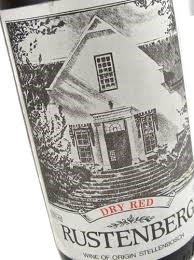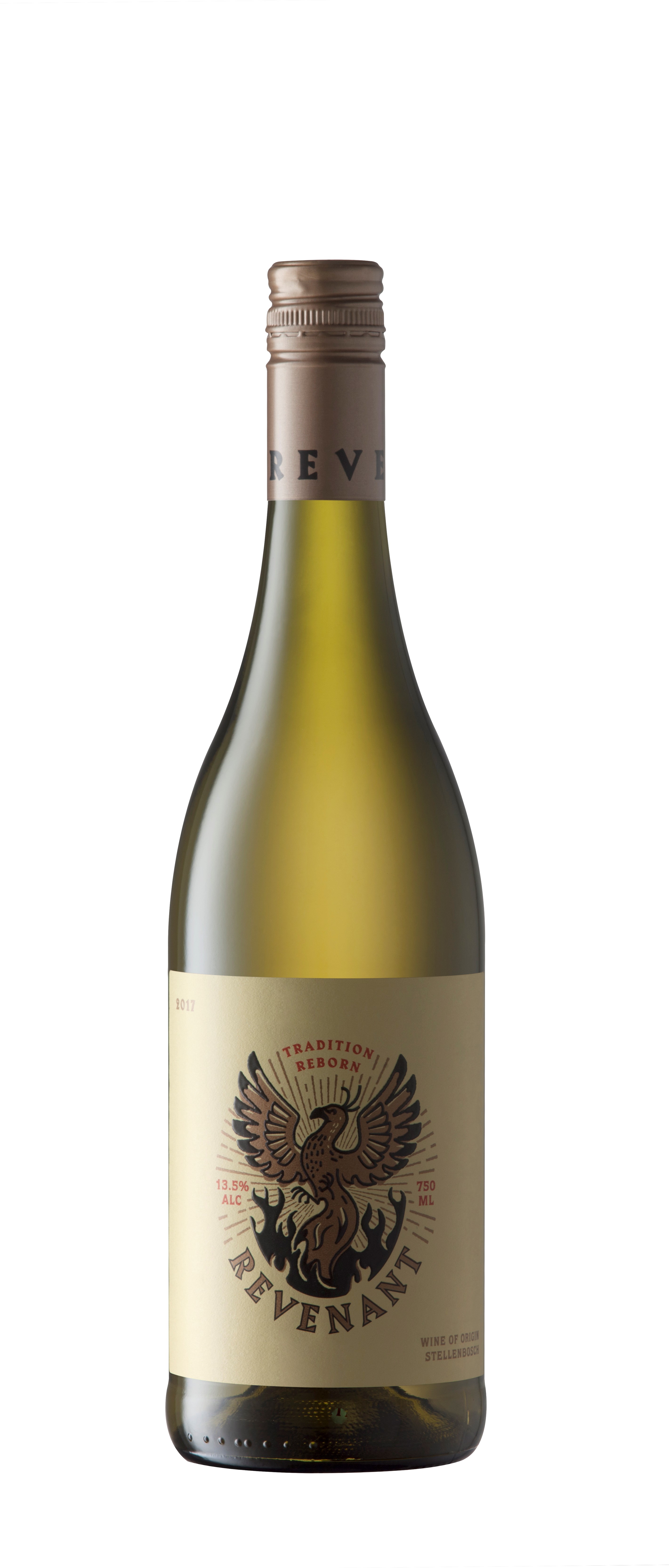BLENDS THEN AND NOW
South Africa has a long history of blended wines; the tale of their development interweaves old and new varieties.
Chenin Blanc then, as often now, was a mainstay in white blends; partnered by Colombar, Sauvignon Blanc or Semillon, these were fresh, easy-drinking wines. Fairview’s Charles Back was the first to craft a serious, oak-matured Sauvignon Blanc-Semillon blend with his 1983 Charles Gerard. Unfortunately, he proved to be ahead of his time. It took until 2001, when André van Rensburg at Vergelegen firmly established this pairing, one which has grown in stature and proven ageability. Today, others similarly esteemed include Cape Point Vineyard Isliedh, Tokara Director’s Reserve, Chamonix Reserve and Steenberg Magna Carta.

The introduction of Rhône varieties Roussanne, Marsanne, Viognier, increased plantings of Grenache Blanc together with Chenin Blanc, Chardonnay, Semillon and others have contributed to a style of blend unique to the Cape. Increased flavour and textural complexity are derived from any of the following: skin contact, spontaneous fermentation in concrete eggs, clay amphorae, oak foudres; there are no restrictions on winemakers’ imagination! Adi Badenhorst’s AA Badenhorst White, Olifantsberg Blanc, Chris & Suzaan Alheit’s Cartology and Eben Sadie’s Ouwingerds T’Voetpad (a field blend from old vines) are just a handful of these Cape originals.
Amazingly, some early red blends styled for accessibility, have stood the test of time; Chateau Libertas, first made in 1932, is among the best known. For many years, it was Cabernet-based, usually with Cinsaut, and wood-matured. Rustenberg Dry Red, a two-thirds Cabernet, one-third Cinsaut mix, co-fermented and aged in large, old oak was another favourite.
At the end of the 1970s, red Bordeaux-style blends, featuring Cabernet Sauvignon, Merlot and Cabernet Franc, assumed the mantle of flagship for a growing number of winemakers. The first, Welgemeend Estate 1979, was shortly followed by Meerlust Rubicon, Kanonkop Paul Sauer and Overgaauw Tria Corda; these remain among the Cape’s most highly regarded today.
There were always undercurrents of enthusiasm for Shiraz but it was only when other Rhône and Southern French varieties – Mourvèdre, Carignan, Grenache, Cinsaut, all well-suited to the Cape’s Mediterranean climate – excited a new generation of ‘young gun’ winemakers that blending these grapes became popular. Radford Dale Black Rock (Swartland), Newton Johnson Granum (Hemel en Aarde), Saronsberg Full Circle (Tulbagh), Ken Forrester The Gypsy (Stellenbosch) illustrate their success in many different origins.
Italian, Portuguese and Spanish red varieties, Pinotage too; all are giving rise to individual blends, many still works in progress.
So, what’s next? Suddenly, retro is the name of the game.

The Revenant 2017 (one that returns after death or a long absence) made by Nadia Barnard at Waterkloof under the False Bay Vineyards label, re-visits the Sauvignon Blanc-Chenin Blanc pairing. Owner, Paul Boutinot, explains this was a winning blend in France, but fell out of fashion (as it did here). Today, spontaneous ferment, old barrels, concrete eggs and lees-enrichment provide a similar easy-drinking style but one of much greater interest.

Inspired by the old Cabernet-Cinsaut blends, Chris and Andrea Mullineux describe their Leeu Passant Dry Red as a ‘deconstruction and reconstruction’ of them, with the addition of Cabernet Franc. Appropriately, Cinsaut and Cabernet Sauvignon are sourced from old vines, ranging in age from 39 to 118 years old, the latter South Africa’s oldest registered red wine vineyard. Unlike its forebears, Leeu Passant Dry Red is most definitely made with ageing in mind.